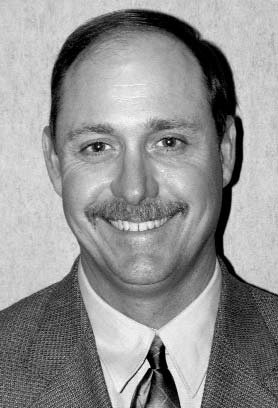Golf Course Turfgrass Reduction:
Environmentally and Strategically Sustainable
Many golf clubs are reducing the amount of regularly maintained turfgrass on a golf course. The golf course superinten-dent and a golf course architect should agree on a plan for keeping the strategic intent of the course intact and ensuring appropriate installation of replacement materials. A survey of members of the American Society of Golf Course Architects (ASGCA) revealed 93 percent of respondents are helping their clients reduce the acreage of maintained turfgrass while pre-serving the course’s strategic intent. Here are some examples:
Lowering Maintenance Costs
Reducing the amount of turfgrass can bring a reduction in labor, equipment, fertilizer and water costs. Energy budgets can also be reduced as less water use results in lower electrical costs.
Using Less Water
Reducing regularly maintained turfgrass and replacing it with native grasses or native plants requiring less irrigation can realize signifcant reduction in water usage.
Greater Sustainability
Replacing turfgrass in out-of-play areas with native grasses or plants can be a good way to improve sustainability. Some out-of-play areas can even be non-irrigated and covered with wood mulch or pine straw from low-cost reclaimed tree materials.
Before
The Planning Process: How a Golf Course Architect Can Help
While it may seem as simple as eliminating existing turfgrass and replanting with other species, turfgrass reduction must be imple-mented in very different ways depending on climate and many other factors. The following process is a simplified description of the steps which may be taken by a golf course architect.
• Identify areas where regularly maintained turfgrass might be removed. The areas can be classified on a sliding scale from "definitely remove – no effect on playing area" to "carefully consider removal – could dramatically affect play."
• Identify areas where regularly maintained turfgrass can be "transitioned." Existing grasses may be able to just grow taller in out-of-play areas, or appropriate varieties may be allowed to go dormant during periods of little or no rain.
• Consult your course’s "Master Plan for Improvements" to ensure consistency with the plan’s long-term vision.
• Calculate the economic feasibility and impact of a potential conversion on water and labor budgets to determine optimal scope of the project. Check with local water agencies for rebates or incentives for reduced water usage.
• Consider whether replacement can be handled in-house or whether a golf course builder should be hired.
• The irrigation system will likely be affected by a regularly maintained turf reduction plan. The superintendent and a golf
course archi-tect should carefully consider when irrigation system changes need expert oversight.

No comments:
Post a Comment